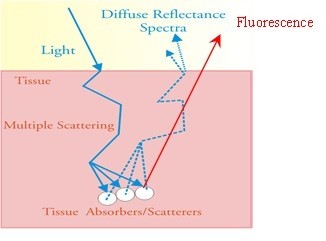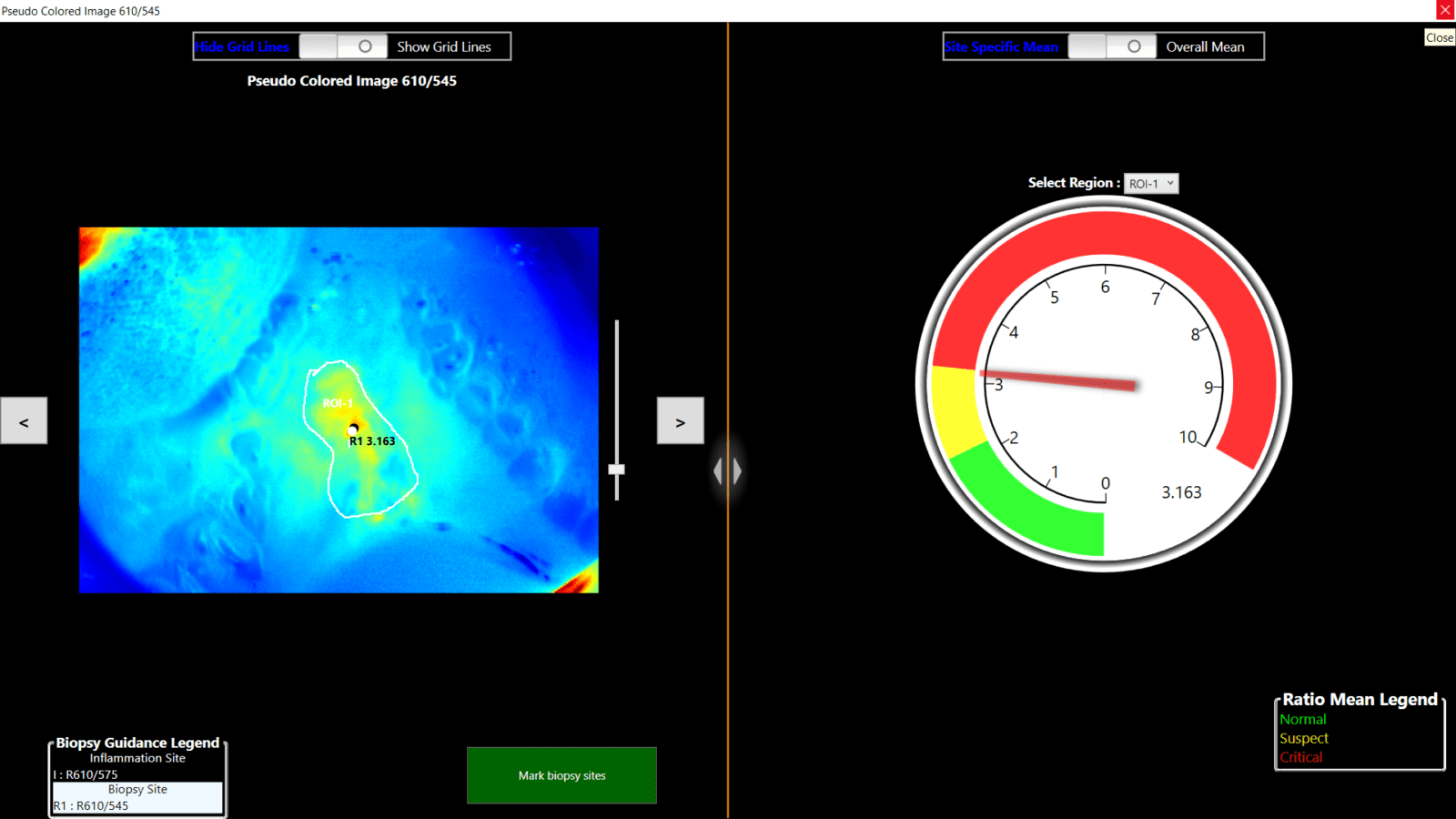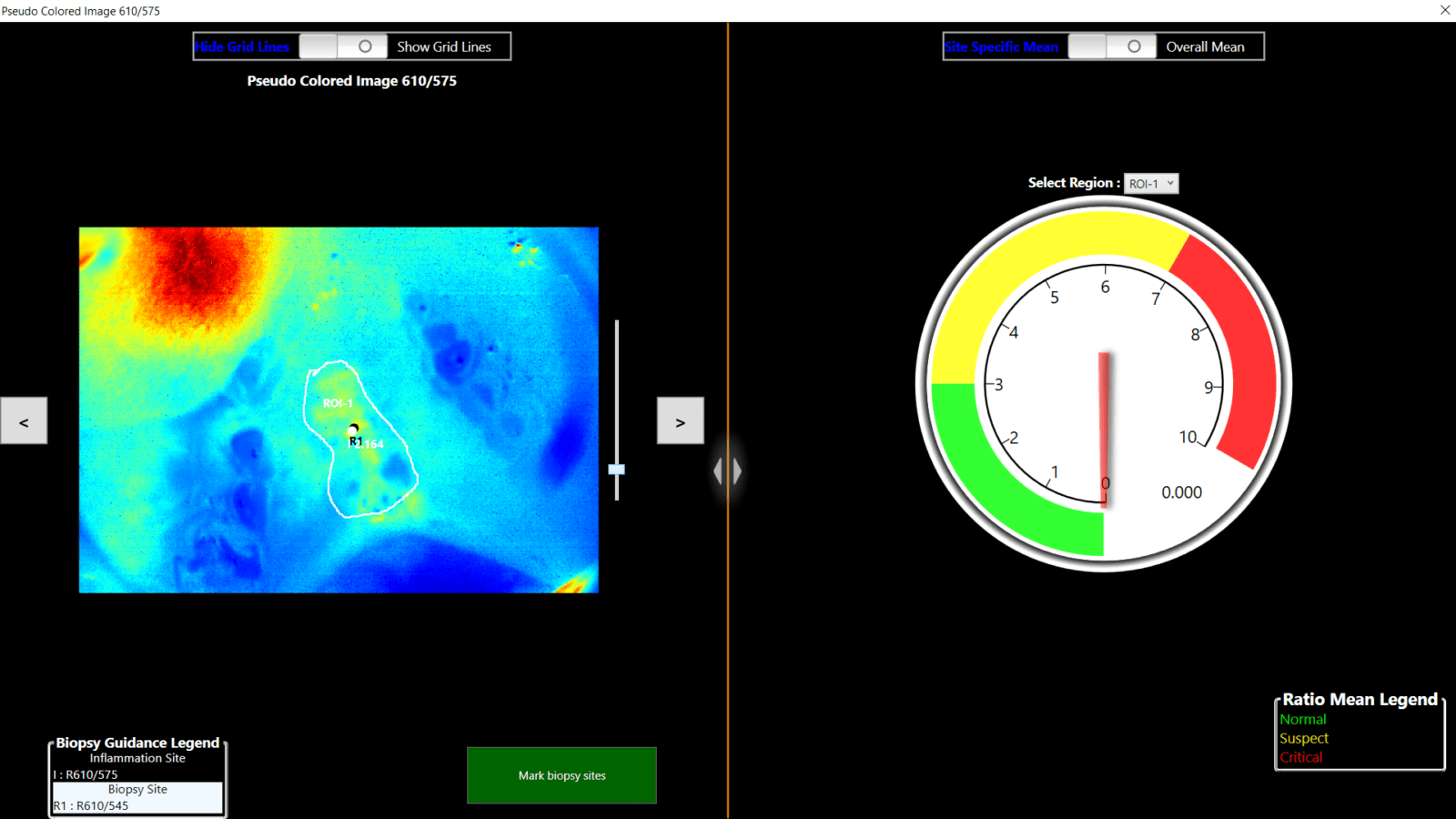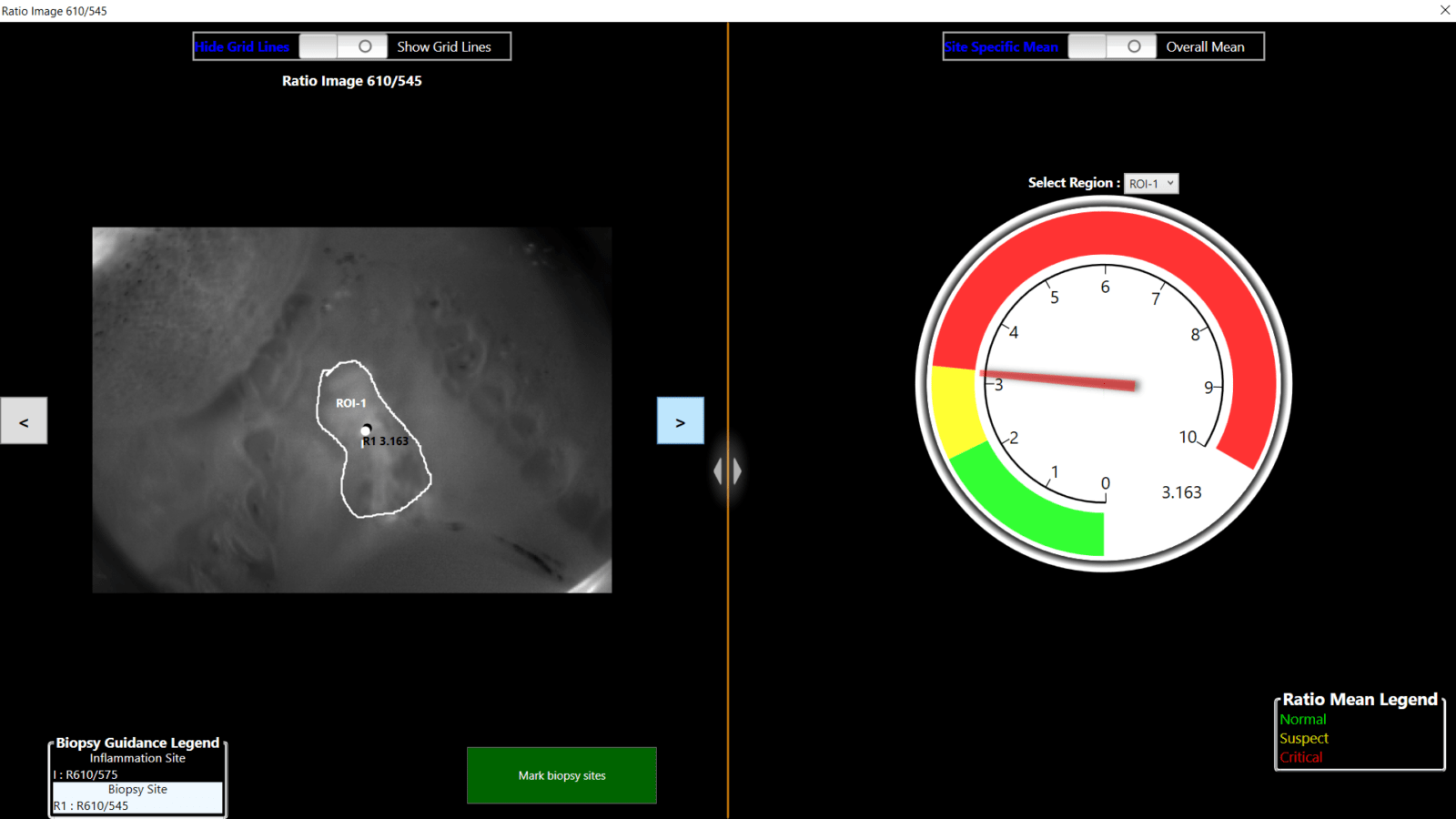Multimodal Imaging Technology
Biochemical, morphological and structural changes occur in squamous epithelial tissues of the oral cavity, cervix and internal body linings, during cancer development. Conventional Oral Examination (COE) using white light is practiced in low-resource settings for screening and early detection of squamous cell carcinoma (SCC) of the oral cavity. Whereas, for cervical cancer screening, Pap smear cytology is the standard practice. Both these techniques do not provide the desirable sensitivity and specificity for screening and early detection of cancer.
The devices currently available in the market rely on visual examination of the autofluorescence on illumination with LEDs matching the absorption of biochemical constituents such as collagen, protoporphyrin IX (PpIX) or NADH in tissue or on the reflectance of tissue with green or white light illumination. These devices are subjective as its ability to detect early-stage cancers depends on the expertise of the clinician and hence cannot be a useful clinical adjunct for mass screening engaging healthcare workers. Furthermore, the clinicians quite often find it challenging to locate the most malignant site for biopsy, leading to underdiagnosis and late-stage detection of the disease. In this context, Sascan has developed a multispectral imaging platform that facilitate multimodal imaging of tissue. Our solution incorporates widefield multispectral imaging using LED light sources, matching with the absorption to PpIX molecule, oxygenated and deoxygenated haemoglobin in tissue, Our device maps changes in the oxygenated heamoglobin absorption in the lesion by capturing the autofluorescence and the backscattered light emanating from the inside of the tissue on a monochrome camera.

We use a patented optical engine for uniform illumination of the tissue, blocking the surface reflections and collimation of diffusely reflected light emanating from the tissue through suitable optical filters. We have built proprietary hardware and software to control sequential triggering of LEDs and synchronous image capture on a Windows environment. The captured images are processed and analyzed with the help of cloud-based machine learning algorithm to provide real-time user feedback.
Our point-of-care solution is non-invasive, provides quantitative analysis of tissue status in real-time and locates the most malignant site for biopsy, which can lead to a more accurate histopathological result. Furthermore, unwanted and repeated biopsies are avoided and patient trauma and treatment costs are minimized. Our technology is patented and validated through multicentric clinical studies in a large population in India for oral and cervical cancer detection.








